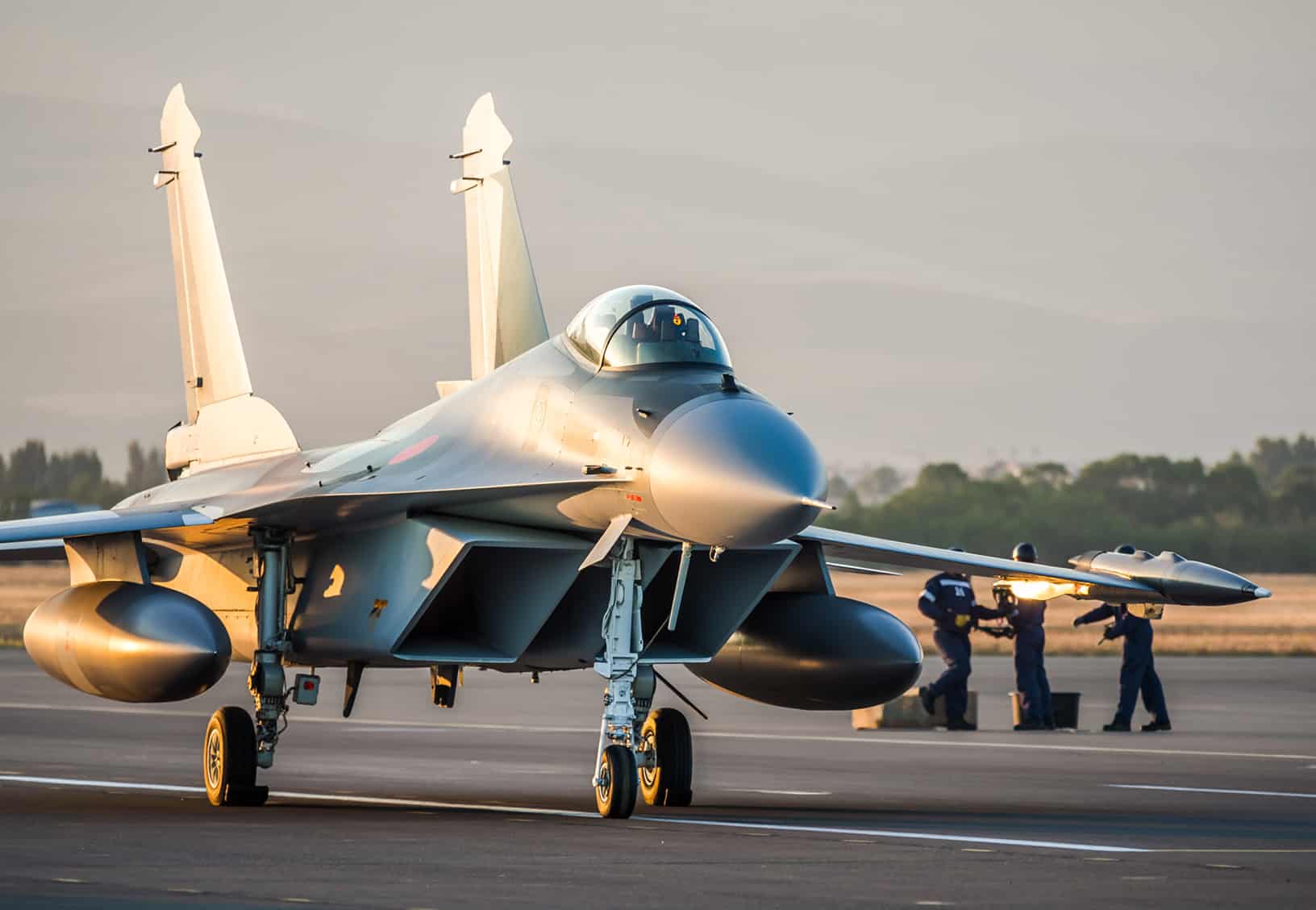
Boosting Affordability in Military Aircraft Manufacturing
A leading aerospace manufacturer faced competition from simpler trainers costing half the price of its own high-performance military aircraft. Together, we implemented a structural affordability initiative addressing both acquisition and lifecycle costs.

Our Client
A leading manufacturer of civil and military aircraft with global reach. The company’s military trainer division produces sophisticated aircraft positioned at the high end of the market, featuring unique capabilities. It operates across the aerospace and defense sector, serving ministries of defense worldwide.



The Challenge
The company needed to increase sales of its military trainer aircraft despite competition from simpler trainers that cost half the price. The CEO initiated a structural affordability program to address this market challenge through comprehensive cost reduction.
Key obstacles included:
- Technical complexity barriers: Aircraft equipment required sophisticated design-to-cost analysis while managing certification issues and technical performance constraints that limited implementation options
- Conservative engineering culture: R&D and engineering teams were sometimes resistant to changes for cost reduction
- Limited supplier collaboration: Some tier 1 suppliers were reluctant to share information so an independent third party was required to identify the potential opportunities
Real Results Achieved Together
The affordability program successfully reduced lifecycle costs while maintaining the aircraft's high-performance standards. Working across the entire equipment scope in one analysis phase and two execution waves, the transformation exceeded targets despite implementation constraints.
Transformation Impact
- Built internal capabilities including playbook, tools and templates for replication
- Established new supplier collaboration model focused on joint cost reduction opportunities
- Created tracking methodology for progress monitoring and results measurement

Our Approach
The engagement combined technical expertise in design-to-cost with strong governance and PMO activities. We developed should-cost analysis for sophisticated equipment even when lacking technical data due to supplier intellectual property constraints. The approach was modular, enabling comprehensive scope coverage in a relatively short timeframe.
Key elements included: cost baseline definition; establishing the EQT cost baseline throughout the entire aircraft lifecycle; priority system selection analyzing part numbers to create an actionable equipment shortlist; and identification of cost reduction initiatives through technical deep dives with different functions. The team challenged Tier 1 suppliers while finding new solutions and processes to optimize maintenance costs. Implementation involved translating initiatives into action with updated supplier agreements, supported by tracking tools for progress monitoring and results measurement.



Facing Similar Aerospace Affordability Challenges?
- Struggling to compete when simpler alternatives cost half your product price
- Seeking lifecycle cost reductions while maintaining technical performance standards
- Ready to transform supplier relationships into joint value creation partnerships







